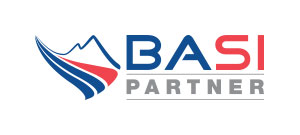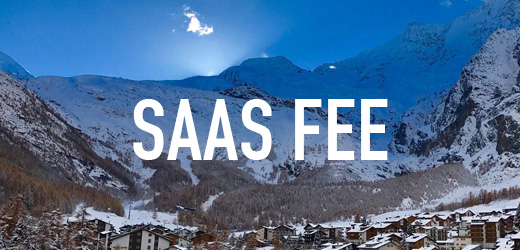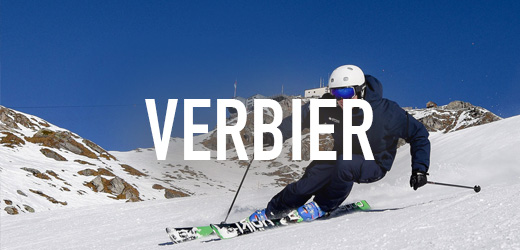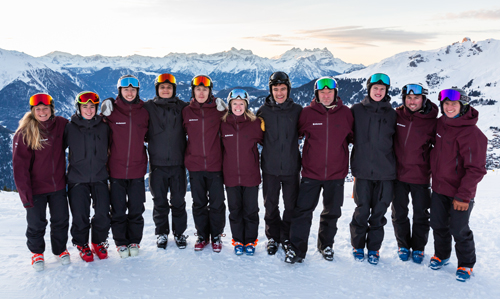EQUIPMENT ADVICE: SKIS & BOOTS 2021 – 2022
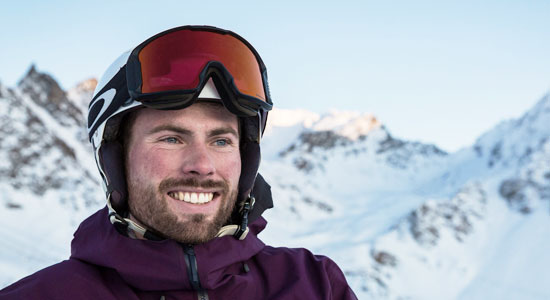
Picking your kit for a Peak Leaders course is a big decision. So we have asked our coach and all-round ski expert Will Peek to taken a look at the best skis and boots for 2021 – 2022.
As well as a few specific examples of good skis for Peak Leaders Gap courses, he also talk about the characteristics you should look for in your kit.
And, as a BASI examiner, Will knows exactly what you need to pass your exams.
MAKING SURE YOU HAVE THE RIGHT KIT FOR THE COURSES
If you’ve booked your GAP course and you’re wondering which equipment will set you up for success, then you’ve come to the right place. So read on the latest advice…
But why should you listen to me? Well, as well as being a coach on Peak Leaders courses I’m also an examiner for BASI. But, on top of that, I’ve spent years in the ski retail industry, selling and testing all the latest equipment. So I’ve got a really clear idea about what you need, and what the shops will have to offer.
THE PRIORITIES
The two most important pieces of kit you need to consider for your GAP course are, without doubt, your skis and boots.
I know you might just be wondering where you can get those flashy goggles or retro jacket, but please also look carefully at which skis and boots you’re going to turn up to the first day in.
I could ramble on about why the right skis and boots will help you on your course, but to keep it brief, you will make it infinitely more difficult to pass the BASI level 1 and level 2 courses if you make poor choices here.
An appropriate piste performance focussed ski and boot will provide you with the best platform for success on these courses. Very few trainees can make the required changes to their technique and achieve the required standards on the wrong kit.
YOUR SKIS
As we state on our pre-course info on the member’s area, you need to a piste performance ski around chin to head height in length, no more than 80mm underfoot in width, with a turn radius around 14-16m (this may be lower for shorter, women’s skis).
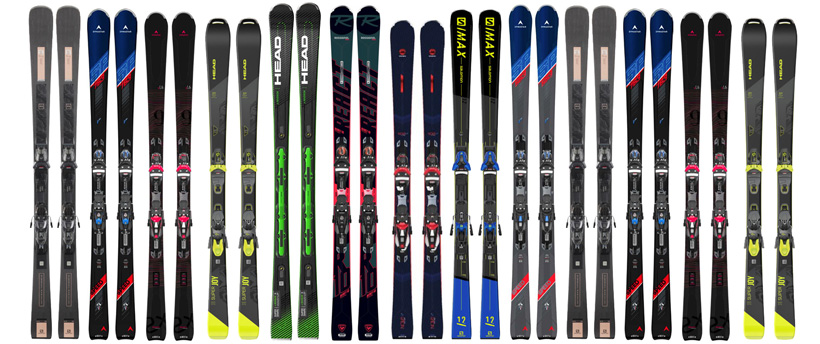
There is a huge range of skis out there, multiple brands and many skis available from each. However, you will only be looking at one or two models from any brand.
We also know that there are a lot of very cool and great looking skis out there over 80mm underfoot, but they’re simply not the right tool for this job – so don’t be tempted to go over 80mm.
Below I have picked out my favourite options from the top brands.
This is not an exhaustive list, but gives you some very clear examples of what works. But please get in touch if you’re considering something else to check their suitability.
Dynastar Speed ‘763’ or ‘563’ or E-Lite 7 / 9:


Brand new models for this season, Dynastar have spiced these up with some new tech, they are now lighter, with a smoother flex.
The old model was a great choice for these courses and these will continue to do the job perfectly.
Go for the 763 if you’re heavier or thinking about moving beyond the BASI level 2 standard in the future.
The E lite is the women’s-specific piste ski, coming in shorter lengths and slightly softer flex, but otherwise a very similar ski to the 763 or 563.
Head Supershape E-Speed / E-Magnum:

Unchanged for next season, this is a great option which ticks all the boxes.
We’ve had many successful candidates use and love these skis, they are also skis that can take you beyond level 2 into level 3 training.
They come in a number of widths, but the Speed or Magnum are the most appropriate for these courses.
Head also have a great dedicated women’s ski which targets the same type of skier, the Super Joy, pictured below.

Rossignol React R10 /R8:

This ski is also unchanged for next season (many brands only change these skis every 2 years), but still a great option and pretty well priced.
The R10 is the stiffer option for the more aggressive or heavier skier. The R8 will be a little more forgiving, yet stable enough for the type of skiing you will be performing on the course.
A more experienced skier could also go for the Hero Elite MT, but this is a step up in terms of stiffness, so it will not be so forgiving!
The women’s versions are the Nova 14 or Nova 10, both solid options. Very much the same ski as the React range, but in shorter lengths and slightly softer.

Salomon S/Max 12 / 10 / 8:


I was really impressed with these this last season and we had a number of level 3 trainees move on to the stiffer version and they worked really well for them.
So the S/Max 12 and 10 for guys will be perfect, or the S/Max W 10 or 8 would be great for women.
The higher numbered skis are stiffer and therefore more suited to heavier, more experienced and/or more aggressive skiers.
YOUR BOOTS:
In a blog I can only really advise on the type of boot and offer rough guidelines for flex.
The fact is there are a lot of boots out there and, unlike skis, it really is about getting precise and personal fit – different foot shapes will suit different manufacturers and different models.
So with all that choice, where do you start?
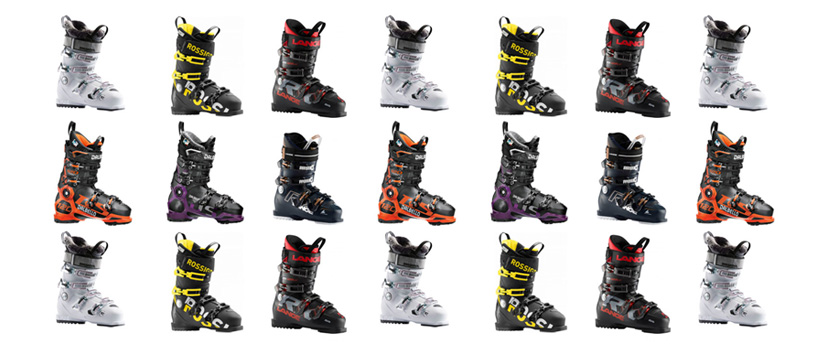
The key thing here is to take a trip to a reputable boot fitter who can select a size and model which is suited to your feet.
In our Members Area we have links to partners who can help – and where you can get discounts.
You will be skiing for more days consecutively than you (probably) ever have before, so the comfort is incredibly important.
Training is not productive if you’re in pain or if you constantly need to go and get your boots adjusted again and again (and again).
When you do visit a boot fitter, make sure you tell them you are on an instructor course and insist they fit you in to a piste performance boot – not a race boot, not a freeride boot.
They may well try to sell you either of those, but you have to politely decline!
We are looking for a piste focussed boot with a flex in the range of 100-130 for men and 80-110 for women.
I would steer the heavier builds towards the higher end of that range and vice versa.
Some examples of suitable boots are as follows:
Lange
RX range for men and women is great for a standard fit, they also offer a wider fit called the LX.
Rossignol
The Allspeed or Speed ranges for men or Pure ranges for Women.
Salomon
The S/Pro range for men and women.
Head
The Vector or Nexo range for men and women.

